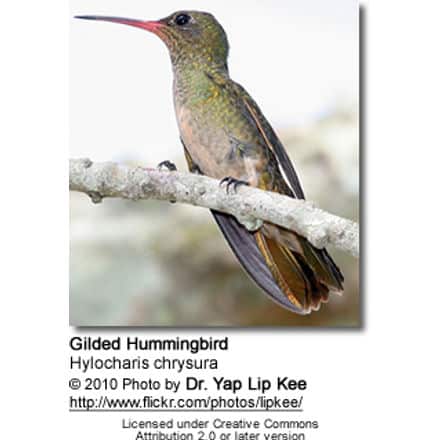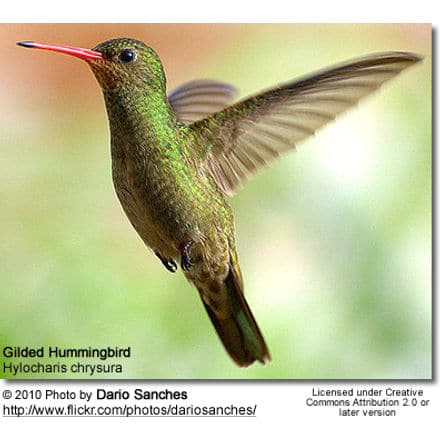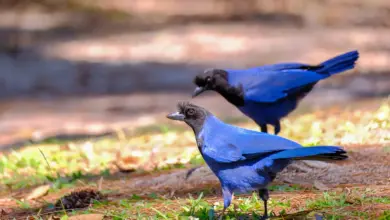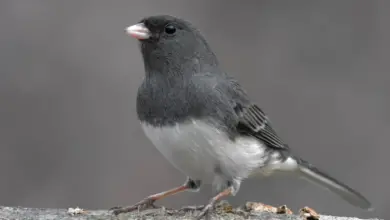Gilded Hummingbirds or Gilded Sapphires
The Gilded Hummingbird (Hylocharis chrysura), also known as the Gilded Sapphire, Maxwell’s Sapphire or Rufous-throated Sapphire – is a South American hummingbird.
Alternate (Global) Names
Spanish: Picaflor bronceado, Zafiro Bronceado, Zafiro Dorado … Portuguese: Beija-flor-dourado … Italian: Colibrì dorato, Zaffiro dorato … Czech: Kolibrík zlatý, kolib?ík zlatý … Danish: Gylden Safir, Hylocharis grayi … German: Goldsaphir, Gold-Saphir, Goldsaphirkolibri … Finnish: Kultasafiirikolibri … French: Saphir à queue d’or … Guarani: Kuarahy áva … Japanese: koganeosafaiahachidori … Dutch: Gouden Saffierkolibrie … Norwegian: Gyllenkolibri … Polish: szafirek zlotawy, szafirek z?otawy … Russian: ?????????? ?????? … Slovak: kolibrík zlatozelený … Swedish: Guldsafir

Distribution / Range
The Gilded Hummingbird is generally common within its range.
They are found in a open and semi-open habitats in central and southeastern Brazil (Mato Grosso and Minas Gerais to São Paulo and Rio Grande do Sul), northeastern and south central Bolivia (Beni, Santa Cruz, Chuquisaca, Tarija), Paraguay, Uruguay and northern Argentina (south to Tucumán, Santiago del Estero, Santa Fe and Buenos Aires).
Description
The Gilded Sapphire is overall greenish-golden with a coppery tail, whitish-buff underparts, a rufous chin, and a slightly decurved, black-tipped red bill.
Nesting / Breeding
Hummingbirds are solitary in all aspects of life other than breeding; and the male’s only involvement in the reproductive process is the actual mating with the female.
The average clutch consists of two white eggs, which she incubates alone, while the male defends his territory and the flowers he feeds on. The young are born blind, immobile and without any down.
The female alone protects and feeds the chicks with regurgitated food (mostly partially-digested insects since nectar is an insufficient source of protein for the growing chicks). The female pushes the food down the chicks’ throats with her long bill directly into their stomachs.
As is the case with other hummingbird species, the chicks are brooded only the first week or two, and left alone even on cooler nights after about 12 days – probably due to the small nest size. The chicks leave the nest when they are about 20 days old.

Diet / Feeding
The Gilded Hummingbirds primarily feed on nectar taken from a variety of brightly colored, scented small flowers of trees, herbs, shrubs and epiphytes.
Hummingbird Resources
- Hummingbird Information
- Hummingbird Amazing Facts
- Attracting Hummingbirds to Your Garden
- Hummingbird Species
- Feeding Hummingbirds




